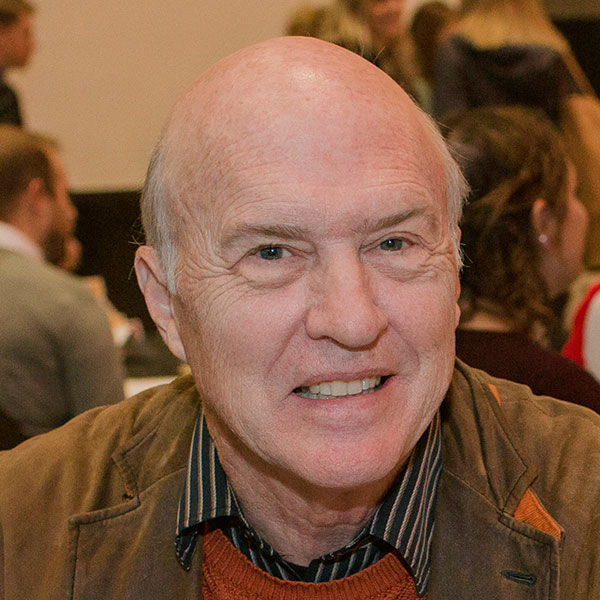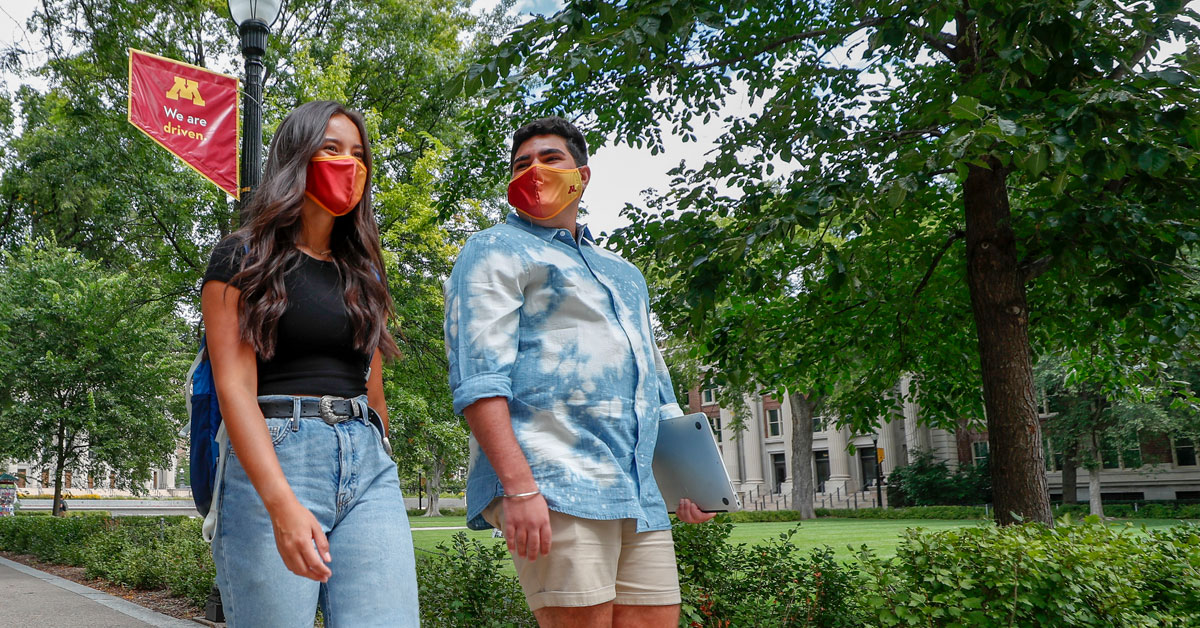By March 18 last year, the University campus had all but emptied out. President Gabel had requested that students, faculty, and staff work remotely by that date, if possible. Although we didn’t see each other in our buildings and hallways, we were hard at work tackling the challenge of a lifetime: the COVID-19 pandemic.
Below are examples of how so many of us turned on a dime to add COVID-focused research to our work and to learn new ways of being in the pandemic world.
Faculty
Tim Beebe
Tim Beebe is Mayo professor and head of the Division of Health Policy and Management. Among his areas of expertise is learning health systems research, where researchers embed in a healthcare system to create a nimble feedback loop among themselves, clinicians, and patients so they can quickly and collaboratively improve the quality of care.
When the pandemic hit:
Beebe became involved in various pandemic-related activities. Most recently, Beebe, Associate Professor Ryan Demmer, Professor Craig Hedberg, and scientists at the Minnesota Department of Health (MDH) conducted studies to establish estimates for SARS-CoV-2 seropositive status (whether virus antibodies are present in blood) in the Minnesota general population, healthcare workers, and grocery store workers. Measuring the antibodies will provide a comprehensive assessment of the spread of COVID-19 within the state.

“The long-standing partnership among the School of Public Health, Minnesota’s healthcare delivery systems, and MDH has placed us in constant contact with these stakeholders throughout the pandemic. It was incredibly rewarding to leverage the deep expertise of SPH to answer important questions and provide data to inform truly evidenced-based policy decisions and strategies.”
Haitao Chu
Professor Haitao Chu’s research lies at the intersection of biostatistics and epidemiology. Chu has pioneered methods for meta-analysis; accounting detection limits in biomarker data; correcting selection bias, measurement error, and false associations in epidemiology studies; and analysing missing, correlated, and survival data. His innovative Bayesian methods improve what can be concluded from both randomized clinical trials and observational studies.
When the pandemic hit:
Chu implemented better meta-analysis methods (looking at results of a series of studies) with Professor Lifeng Lin (his former PhD student ) at Florida State University and PhD student Mengli Xiao to assess the effectiveness of PPEs and physical distancing for preventing COVID-19 infections. Chu and PhD student Lianne Siegel, who is joining the Division of Biostatistics as an assistant professor, are also developing better methods to estimate the accuracies of COVID-19 serological tests that look for SARS-CoV-2 antibodies in blood.

“Accurately assessing the effectiveness of face masks, eye protection, and physical distancing is crucial for preventing COVID-19. By using advanced statistical methods to re-analyze data published earlier in the pandemic, we found a better way to more accurately assess protections. Our goal is to develop and implement state-of-science methods solving real-world problems, improving public health, and saving lives — millions of people at a time.”
Gillian Tarr
Assistant Professor Gillian Tarr is an infectious disease epidemiologist, with specific interests in Shiga toxin-producing E. coli infections. Her work also touches on diagnostic management of enteric infections (those that cause intestinal illness) as a component of antibiotic stewardship.
When the pandemic hit:
In spring 2020, Tarr and Professor Marizen Ramirez began studying social distancing through surveys with families and older adults. They want to learn what helps or prevents people from reducing their contacts with others, assess stressors and how people cope with social distancing, and identify groups that may need additional support to avert major declines in mental health during the pandemic.
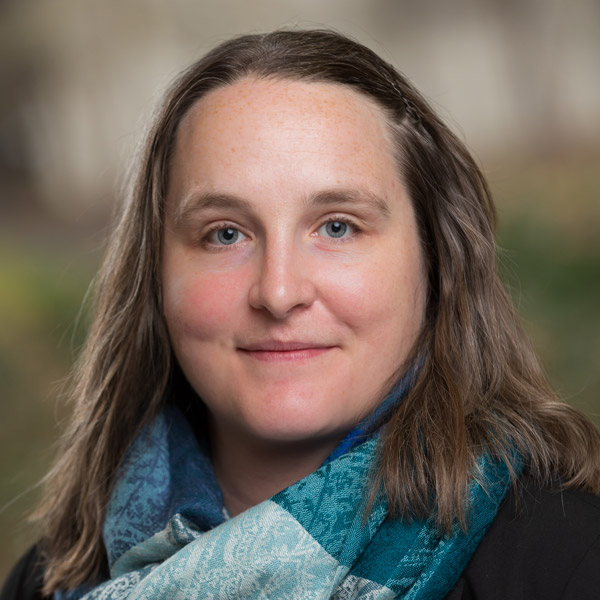
“As the pandemic was beginning, I heard a lot of talk among friends signaling what was motivating them to adhere to physical distancing guidance. As an infectious disease epidemiologist, I felt I was in a position to examine whether we could identify factors that would encourage better adherence. No one knew how long the pandemic was going to be with us at that point, and so it felt worthwhile to redirect some of my effort to understanding this issue and preparing to do so over time.”
Jesse Berman
Assistant Professor Jesse Berman is an environmental epidemiologist who works to understand the impact on disease from complex environmental exposures, primarily human-caused air pollution and extreme weather events.
When the pandemic hit:
Berman got involved with two projects looking at health impacts of COVID-19: 1) a study to examine stress from social distancing (with Assistant Professor Gillian Tarr) and 2) a study using hair as a biological matrix to examine stress and environmental changes during the pandemic. Berman also wrote a seminal paper showing the decline in air pollution that followed reduced activity during the pandemic. He is continuing COVID-related work with projects to examine environmental exposures and their potential link with long-term health consequences of COVID-19 patients.
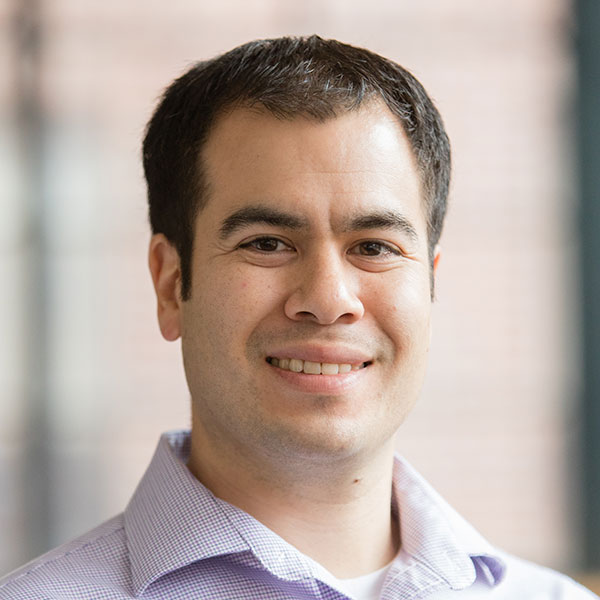
“As a public health practitioner, my career is devoted to improving population health. When the COVID-19 pandemic hit, it was recognized that we’d change gears and do all we could to understand and quash this terrible disease. My hope is that the efforts of my own and thousands of other epidemiologists will help us get through this pandemic as quickly and safely as possible.”
JP Leider
Senior Lecturer JP Leider teaches health policy with a focus on public health systems, the public health workforce, and public health finance. In 2007, he worked on the first Minnesota Pandemic Ethics Project, which laid the foundation for how Minnesota would allocate scarce resources during a pandemic.
When the pandemic hit:
Leider turned his attention back to disaster ethics. He’s part of the Minnesota COVID Ethics Collaborative, which advises MDH and hospitals on how to allocate scarce resources fairly. He also serves on the state’s Vaccine Advisory Group, and is working with the Minnesota Resource Allocation Platform, which connects high-risk patients that recently contracted COVID-19 with new therapy options. Leider is also examining trends in occupational exposure to COVID-19, and COVID-19 mortality and excess mortality in Minnesota, with an eye toward racial and ethnic disparities.
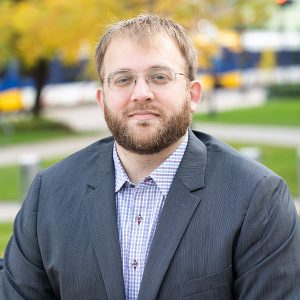
“Disaster planning and response were what drew me into public health over a decade ago. You need data-driven policies and sound ethical guidance alike to respond fairly and equitably in broad-reaching disasters, such as COVID-19. The pandemic is all-hands-on-deck for everyone in this field, and I’m honored to be able to support the public health practitioners on the ground who protect and improve our health — day in and day out.”
Sarah Gollust
Associate Professor Sarah Gollust examines how health information gets translated into the media, shapes public attitudes and opinions, and influences health policy with the goal of making communication to the public and policymakers more effective.
When the pandemic hit:
Gollust was immediately anxious about the prospect of a politically polarized response to the pandemic based on her previous communication research. She documented her concerns early on in the pandemic in a Journal of Health Politics, Policy and Law commentary. Subsequently, Gollust and colleagues have conducted survey research to track public response to the pandemic, finding, for instance, relatively limited public awareness of the racial and socioeconomic disparities in COVID-19 deaths. They also began analyzing the health messaging Americans received in 2020 via televised public service announcements and local television news in order to understand the public’s exposure to health information — and misinformation — during critical stages in the pandemic.
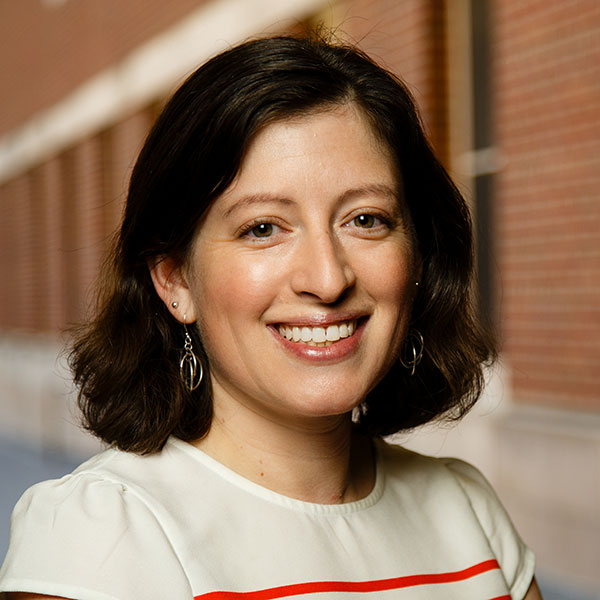
“I have been studying the intersection of politics, health policy, and communication for more than 10 years, and the COVID-19 pandemic has offered a tragic case study of why these research areas are so critical to public health. I hope that my work documenting media and public attitudes can provide a better understanding of what happened and how to ensure a more effective and equitable public health response in the future.”
Susan Mason
Associate Professor Susan Mason focuses on population health impacts of adverse and traumatic experiences, including childhood abuse and neglect, sexual violence, racial segregation, and other forms of violence and social marginalization.
When the pandemic hit:
When schools closed, Mason used a UMN Rapid Response Research Grant to develop and implement strategies to protect children’s academic engagement and parent-child mental health. With colleagues in educational psychology and social work, she developed an intervention for school-based mental health providers to connect directly with parents and families. The evidence-informed intervention offered a structured way for providers to build rapport with parents, assess their concerns about their children’s well-being, and offer strategies and support.
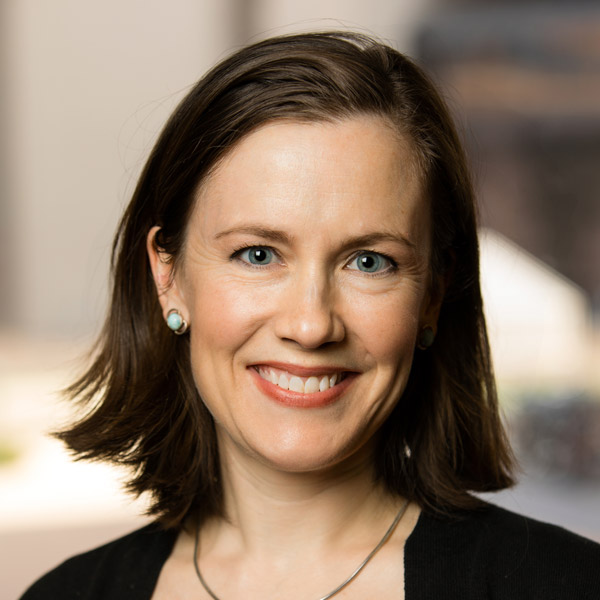
“Parents are always a critical part of the equation for children’s academic success and overall well-being, but during the COVID-19 pandemic and school closures, they are often alone in supporting their kids. Building partnerships between school-based mental health providers and parents leverages existing resources to provide needed supports to struggling parents. This intervention was developed during the pandemic, but we believe it has exciting potential for widespread implementation beyond the current crisis. Parents can use support even in the best of times.”
Ryan Demmer
Associate Professor and epidemiologist Ryan Demmer focuses on understanding the emerging role of the human microbiome in the initiation and progression of cardiometabolic diseases.
When the pandemic hit:
In April 2020, Demmer quickly added a new area of research that needed urgent attention: COVID-19 infections among healthcare workers and the stress they are suffering due to the pandemic.
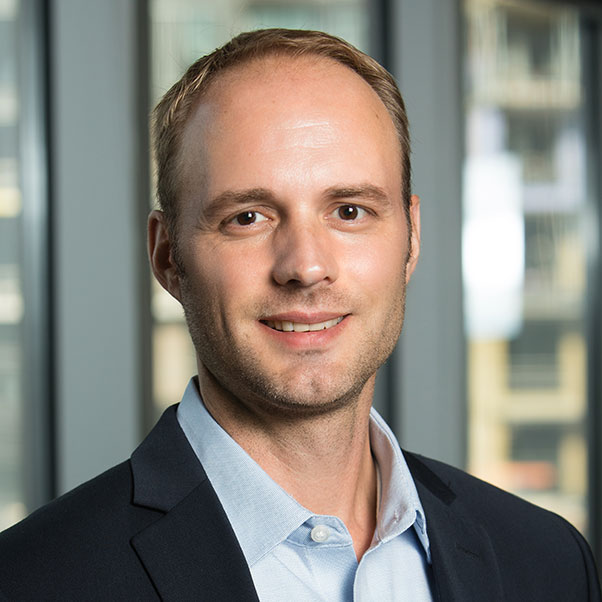
“Most of my pre-covid research focused on questions that were important in the long-term, but that were likely to have limited impact in the short-term. It has been incredibly fulfilling to be engaged in research that is immediately relevant. It has also been fun to meet the amazing people who are participating in my research studies — healthcare professionals who are already overburdened and are simply participating to improve knowledge and help others in yet another way.”
Susan Arnold
Assistant Professor Susan Arnold is co-founder and director of the Exposure Science and Sustainability Institute (ESSI). As an industrial hygienist, her main work involves generating and applying models to assess exposures in unprecedented scenarios, such as the Deep Water Horizon explosion and disaster.
When the pandemic hit:
Arnold joined the MNmask project, a COVID-19 Rapid Response Research effort to create alternatives to N95 masks, which were in short supply. The team designed and produced 50,000 masks, including one that can be built using only scissors, a ruler, and a stapler.
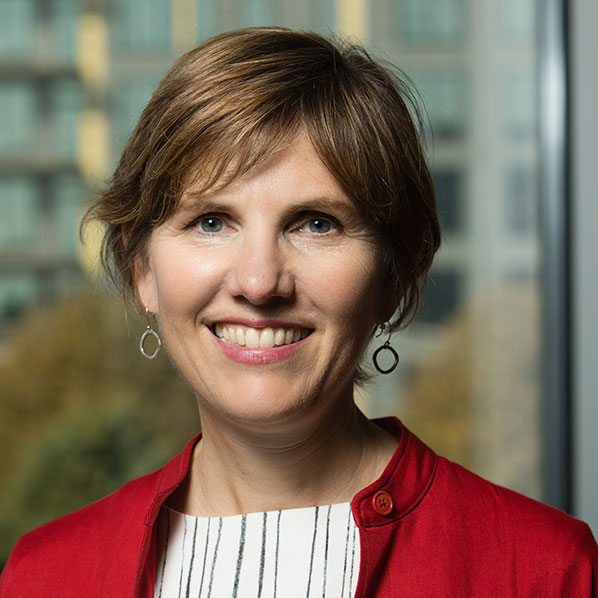
“Knowing that our own healthcare workers, among others, were working in high risk environments while facing critical respirators and masks shortages, I felt compelled to help. When I saw an opportunity to contribute my expertise and lend my respirator fit testing equipment to help address this potential crisis, I reached out to Dr. John Bischof who was leading the overall UMN-M Health response. Collaborating with other researchers associated with the Institute for Engineering in Medicine, who also stepped up as part of University-wide effort, was an honor and a privilege.”
Staff
Kris Woll
Assistant director, E-Learning services
“My work already focused on supporting online learning before the pandemic, but as everything at SPH moved virtual, new opportunities for collaboration and engagement opened up. For instance, we began offering consultations to faculty and instructors who were moving their face-to-face courses to remote delivery, and began providing academic technology support for the second online Public Health Institute. As my work and that of my ELS colleagues has expanded, our connections within SPH have expanded, too. While I really look forward to the day when we can gather together again as a community in the same physical space, I am excited about the ways these new relationships and collaborations can continue and grow.”
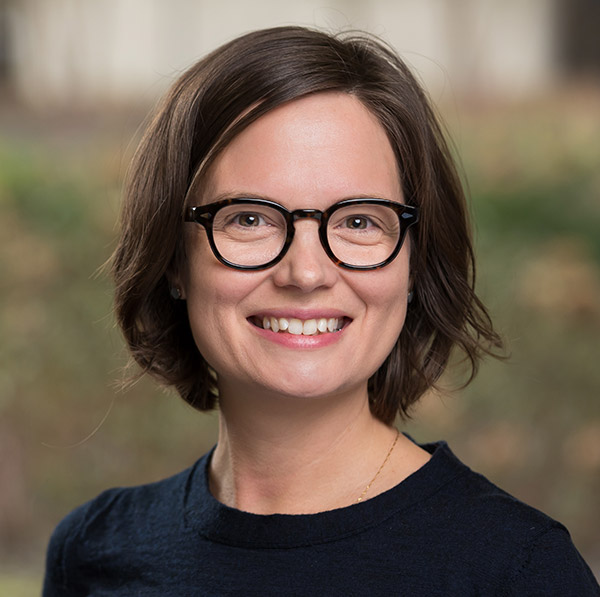
Jennifer Porter
Assistant Dean for Enrolled Student Experience
“I started my new role in SPH amidst the flurry of the campus transition to work from home. Onboarding to a new role virtually has been a unique experience — Zoom helps with learning names, but not with knowing physical office locations or developing a true sense of community. I have found solidarity with others in navigating our remote environment and genuinely look forward to learning to navigate the hallways of Mayo and hosting people in my office upon our return to campus!”
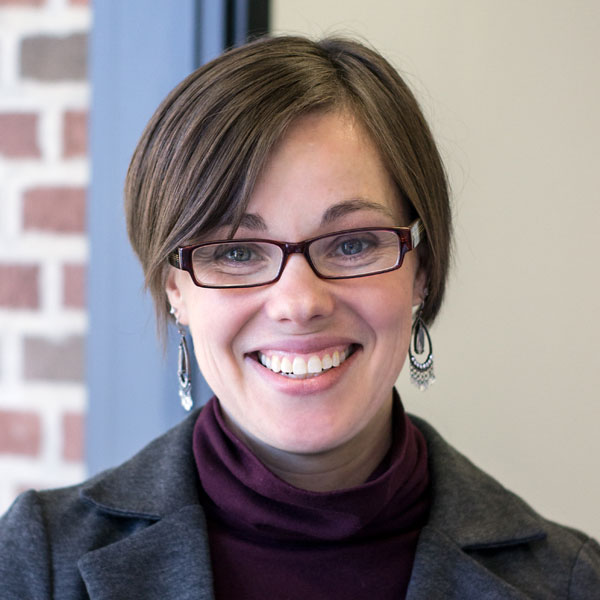
Dan Cheng
Associate Director of Recruitment and Admissions
“The ability to actively recruit students has changed completely. With everything virtual, students are much more accessible nationally and internationally, but with every school doing this, virtual fatigue has made it increasingly more challenging to engage with students. One of the top tips any school gives a prospective student is to visit the campus, get a feel for the physical space and the environment, walk the neighborhoods — these are things that cannot be replicated virtually. In other ways, we have been utilizing the virtual platforms to create new ways to engage — setting up regular virtual drop-in hours for students to pop in and ask quick questions, making recordings of information sessions that are shared to students who are interested but couldn’t attend, and being able to attend bi-coastal events in one day!”
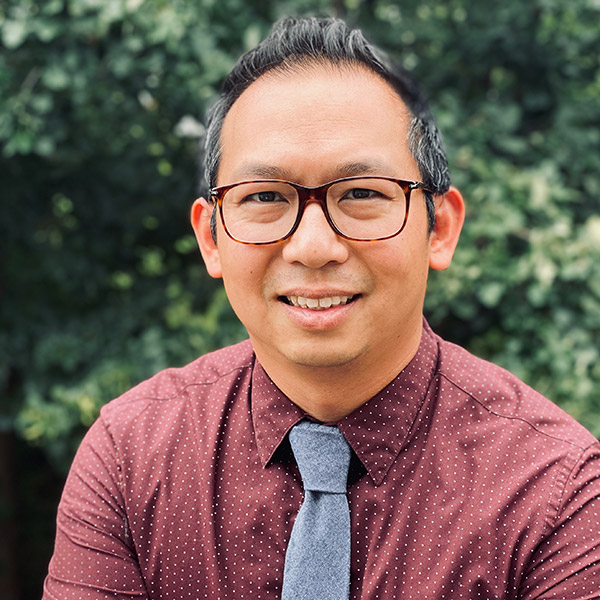
Chris Miller
E-PHAP & D-PHAP Coordinator
“In some ways, I don’t remember life before COVID-19. The vibrant hallway outside our Mayo office, the Dean’s conference room elbow to elbow with colleagues, happy hour in a packed on-campus bar, fans in the stands of a sporting event, a concert — those things seem like another lifetime now. On the other hand, I cannot believe a year of this has gone by already. A whole year! The students that I work with are predominantly online, so my relationship to them and theirs to me has not changed a whole lot. We communicate by computer as we always did, just with me at a desk in the spare bedroom of my house as opposed to the Mayo Building. I know the pandemic has changed me. I’m still discovering the ways in which this is the case. I suspect it has changed us all.”
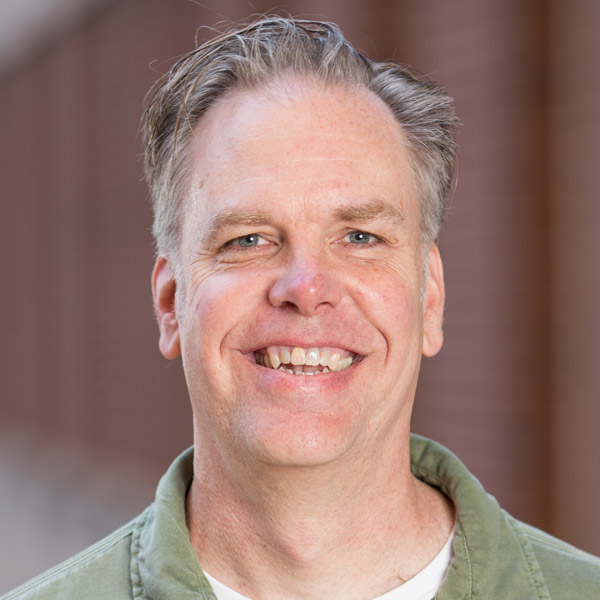
Ellyn Buchanan
Director of E-Learning
“A real benefit of the shift to remote learning and virtual events has meant our office has had increased connection and collaboration with the SPH community. We’ve had the opportunity to consult with faculty and instructors across the divisions and staff in school-wide units, and assist in educational and content delivery problem-solving. I look forward to continuing these collaborations and educational discussions in person eventually! Most importantly though, I couldn’t be more grateful for each and every talented and hardworking member of the E-Learning Services team, and the tremendous amount of work they have accomplished this last year in service to the school.”
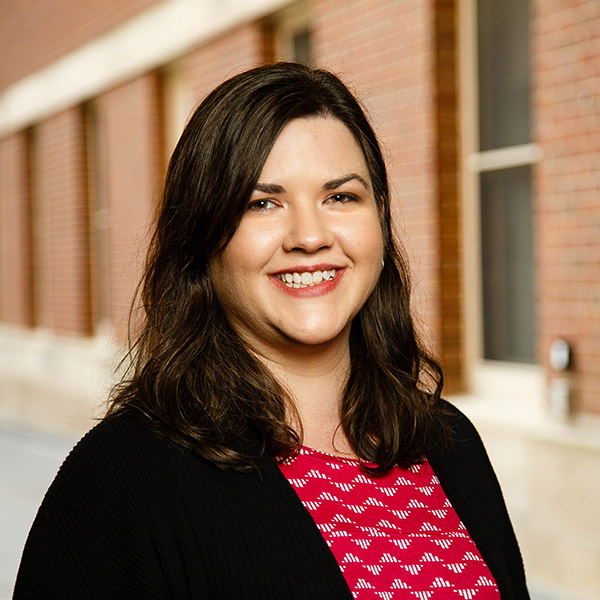
Students
Moriam Yarrow
Masters of Healthcare Administration (MHA)
“As a student in online learning, I had to find sanity and order in the midst of ambiguity. I feared I would be unsuccessful in my courses, but then I developed a community of students and developed a different perspective on my situation. I have been challenged these last few months and would say I have grown exponentially in the process. All it took was a change of perspective.”
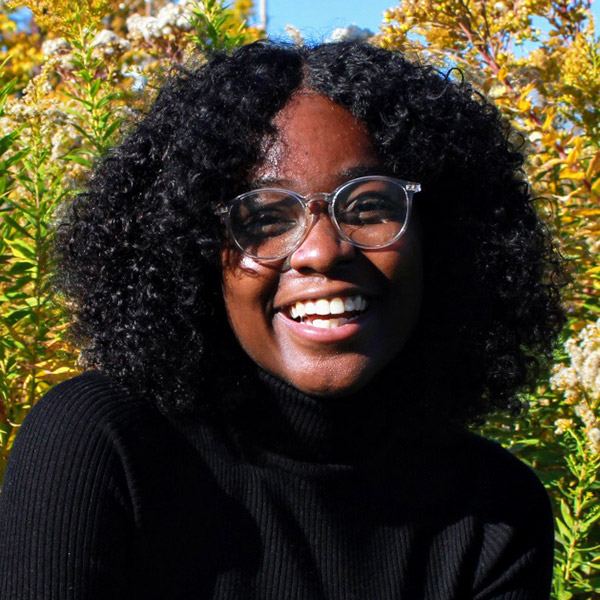
Olivia Sullivan
Maternal & Child Health
“My partner and I both lost our jobs due to COVID-19, necessitating a cross-country move with our puppy in the middle of the pandemic after classes went online. Still, I managed to stay engaged with my SPH peers through research and volunteering as a COVID case investigator and as a Buddy in the SPH Senate Buddy Mentor Program.”
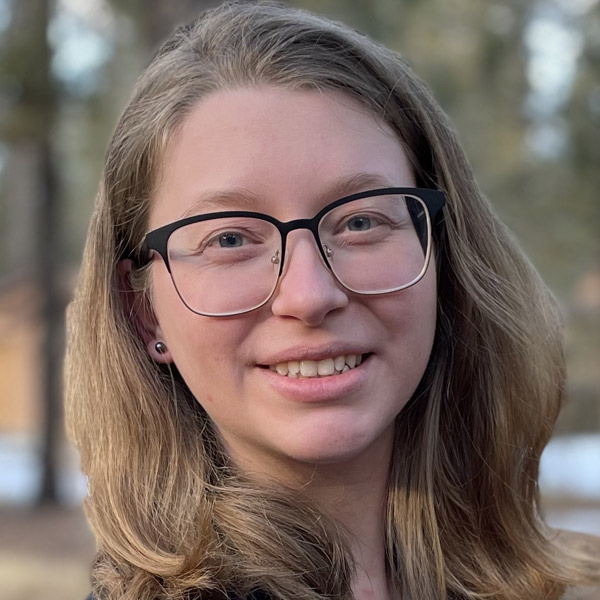
Tricia Alexander
Public Health Nutrition
“As a predominantly social learner, the quick switch to online learning made me feel overwhelmed and stressed. On the other hand, I had the opportunity to participate in research related to food insecurity and young adults’ experiences during the pandemic, and then to share their stories with stakeholders who can make changes to better support them. Going through twin pandemics — racism and COVID-19 — I reassessed my professional values, my career path, and my life goals.”
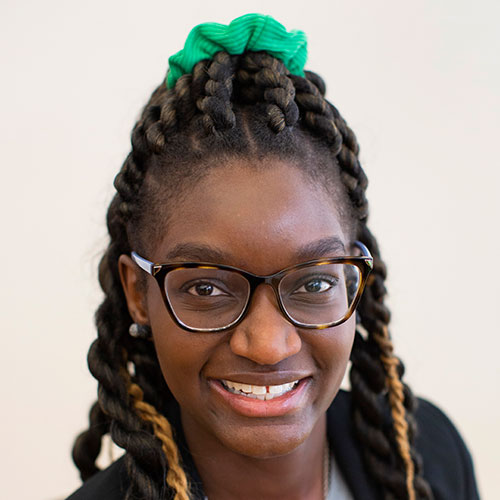
Victoria Anderson
Public Health Administration & Policy MPH
“As a first-year graduate student, I was looking forward to having the University of Minnesota School of Public Health experience in person. However, with even transitioning to online classes, the school has allowed me to manage my time and health during the pandemic to give me the opportunity to have the best higher education experience.”
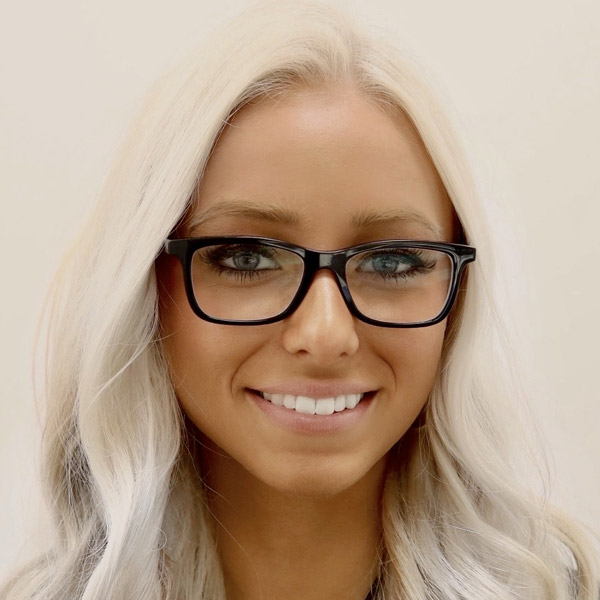
Keelia Silvis
Public Health Administration & Policy MPH
“The pandemic and wider upheaval of 2020 put enormous strain on my personal, professional, and academic lives. There’s no way I could have gotten through it alone, but luckily I didn’t have to! Community was what kept me going, stable, and inspired over this past year and into the present. I am incredibly grateful to the kind, inclusive, and empowering SPH community for continually stepping up to support each other and change the world during a period of extraordinary need.”
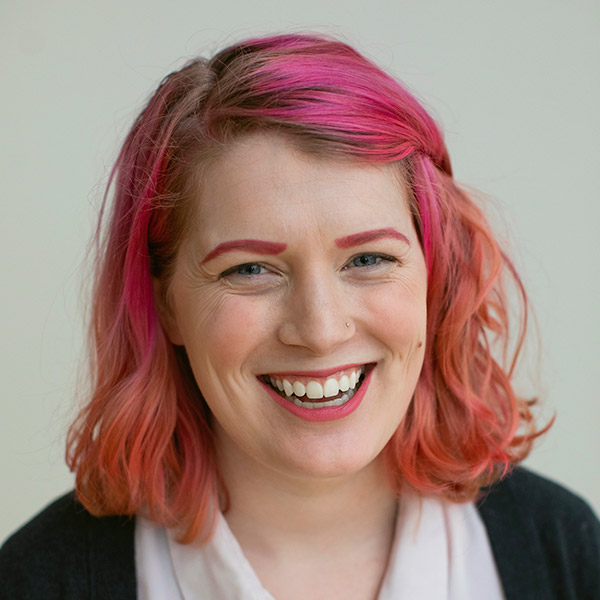
Gabbi Horsford
Community Health Promotion MPH
“Switching to online classes and research was overwhelming in the beginning, but my professors helped ease the transition. Now, I find virtual learning and teleworking to be very convenient as I can be more flexible with my time. It’s made it easier to attend more meetings than before, giving me the opportunity to connect with fellow students that wasn’t previously possible.”
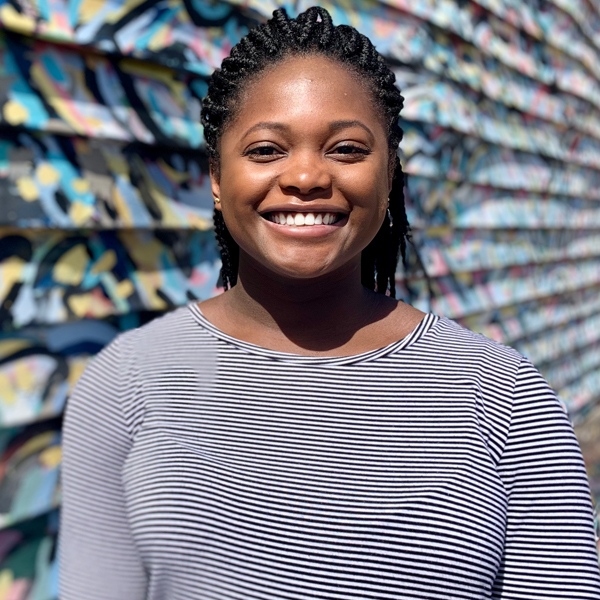
Centers
UMASH (Upper Midwest Agricultural Safety and Health Center)
UMASH brings together five research and healthcare institutions across nine states to address existing and emerging occupational health and safety issues in agriculture . The center works directly with farmers, their families, and farm workers; performs research; provides resources; and conducts trainings to keep people and livestock safe and healthy.
When the pandemic hit:
UMASH added agriculture-specific COVID-19 guidelines to its resources and focused on farmworker safety and proper steps for detecting and responding to a COVID-19 outbreak on a farm.
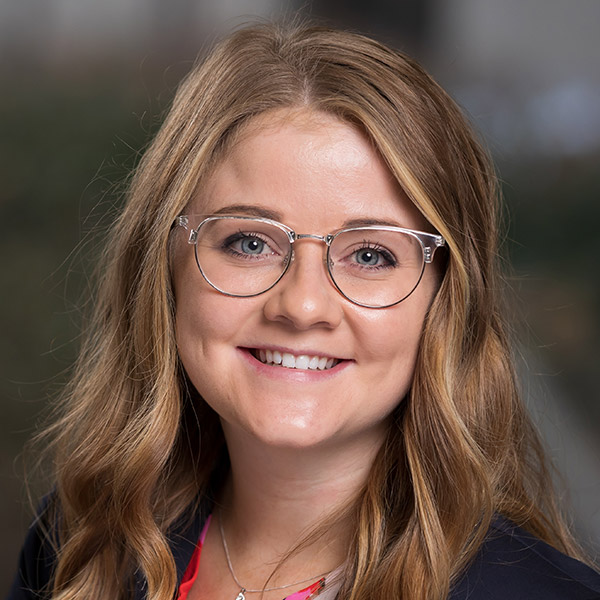
“As a public health organization, we felt an immediate need to lead well and serve our farmers, farm families, and farm workers. We provided help navigating the COVID-19 crisis that they were facing, while also having to adapt much of our outreach and engagement strategy, which felt urgent, and also daunting. There was new importance to protecting the health of farmers and their essential work as we witnessed how the pandemic disrupted other food production systems. I spent a lot of time thinking about my own farm family and what it meant to have healthy people and a business while working through a pandemic.” – Megan Schossow, UMASH outreach director and center coordinator
RHRC (Rural Health Research Center)
RHRC conducts research to improve health and well-being for rural people, families, and communities, with a focus on eliminating inequities based on geography, race, gender, nationality, age, and ability. The center is committed to communicating the results of its research to academic and policy audiences, as well as to the people and communities to which its research pertains.
When the pandemic hit:
Researchers at RHRC, including Professor Katy Backes Kozhimannil, Associate Professor Carrie Henning-Smith, and Research & Communications Fellow Mariana Tuttle, looked at the particular challenges COVID-19 presented for rural residents. The researchers have analyzed data and written about case and death rates as well as broader living, health, and financial conditions of rural people. Their work has focused on different groups of rural residents, including Black, Indigenous, and people of color, older adults, and pregnant women.
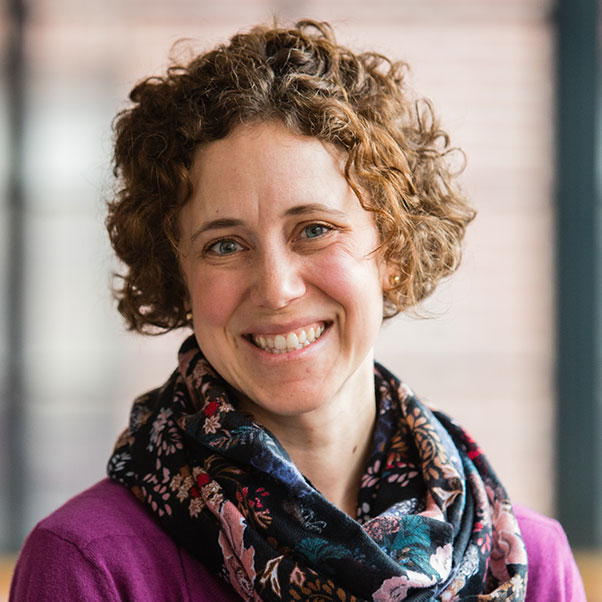
“Rural communities face unique risks from COVID-19, including having older populations, higher rates of underlying health conditions, and limited access to healthcare. These are reflected in higher COVID-19 death rates among rural residents, compared to urban residents. At the RHRC, we highlighted these issues, as well as diversity within rural communities. Rural people and places are not monolithic; the burden of COVID-19 has been disproportionately borne by rural people of color.” — Associate Professor Carrie Henning-Smith
SHADAC (State Health Access Data Assistance Center)
SHADAC is a health policy research center that provides data, analysis, and technical assistance to help states track, access, and interpret issues of health, healthcare, and health insurance for their states and the nation.
When the pandemic hit:
SHADAC staff jumped into research to help guide states’ COVID-19 responses and advise officials on how to monitor and report on the pandemic with a focus on health equity. Examples of the work include modeling to help states predict the pandemic’s effects on health insurance and loss of coverage; conducting surveys and analysis to measure the impact of the crisis on people’s health and healthcare access; and tracking and providing technical assistance to states on issues related to understanding the pandemic’s disproportionate impact on marginalized communities.
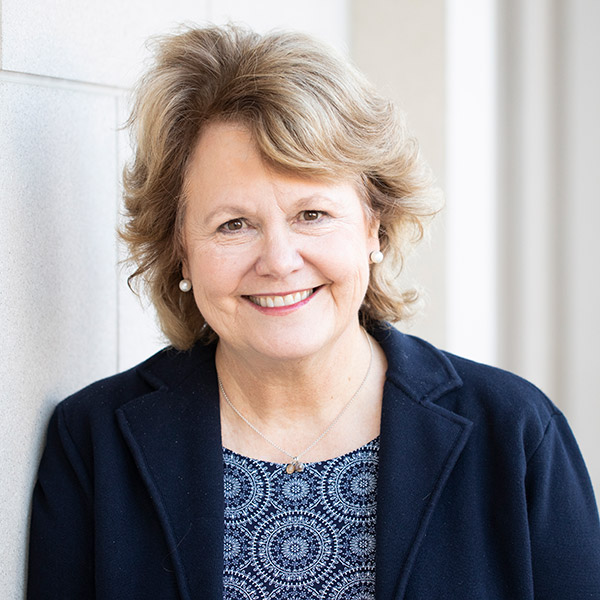
“As the magnitude of the crisis became apparent, it was clear that SHADAC had the expertise and opportunity to help states meet the immense challenge of pandemic response. Within weeks, we began work to make timely data available to state policymakers and assist states in honing their measurement and response to COVID-19 — and to support them in monitoring disparities and prioritizing health equity.” – Professor Lynn Blewett, SHADAC director
Mentors
Barbara Greene
“My mentee and I have never met in person; we experience each other through virtual Zoom meetings in our homes. The largest lesson I have learned is how essential it is to plan ahead concerning the focus and content of our virtual meetings — as well as to give very specific feedback. While this has always been important, the lack of actually being present together in a space and having to pick up on different communication clues and nuances is challenging. Transparency is heightened. Challenging each other and asking for additional feedback and clarity are key to meaningful communications.”
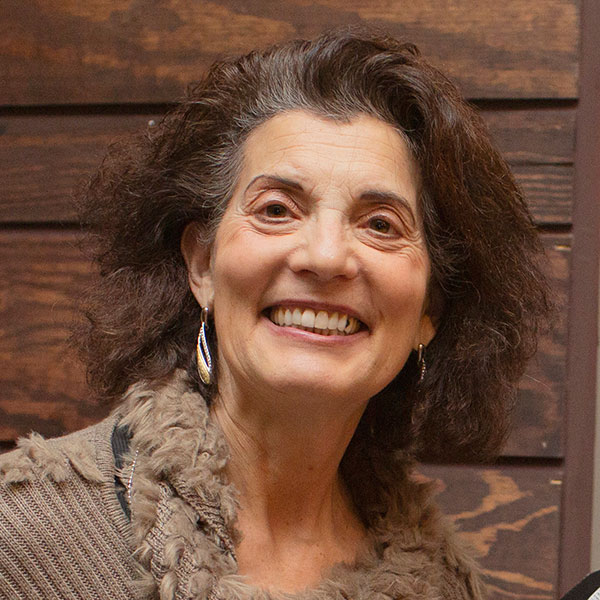
Dan Miesle
“My two mentees last year were caught unprepared by the shut down, like everyone. They were pretty much in shock and had to make a lot of adjustments. Being second-year students, they really missed the group projects and interaction with classmates, but they managed in a spectacular manner! This year, my first-year student was already into ‘Zoom mode’ from undergraduate studies and we set up routine, one-hour, biweekly Zoom meetings. There is so much students have to do in their courses, so I view my main role as helping them think about what motivates them, where they may have gaps in their knowledge base, and, above all, be open in thinking about finding a first or next job that is meaningful to them.”
